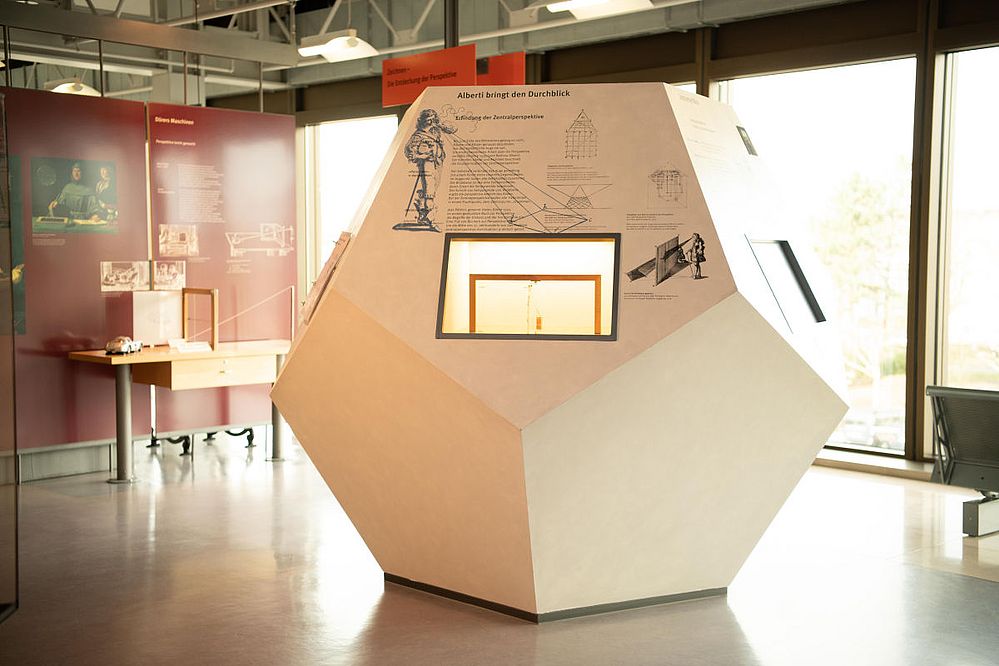Drawing is one of the oldest forms of human expression, alongside language and gestures. It originated a long time before written characters and numerals emerged. In addition to conveying an artistic expression, drawings also reflect factual information.
Cave paintings
Stone-age cave paintings represent things in a simple manner without any spatial effect. Starting in the second millennium BC, the advanced civilizations of Egypt and Greece turned their attention to regular surfaces and shapes under the aspects of mathematics and drawing. This geometric knowledge formed the basis for the discovery of perspective. But it was not until the 5th century BC that spatial aspects were represented in paintings by means of shortened lines appearing to extend into depth. After the decline of the Graeco-Roman civilization, this early form of perspective was retained on a simple level right into the Middle Ages.
Two-dimensional views were predominant up to the 15th century, e.g. architectural ground plans and vertical projections as well as simple technical drawings. It was not until the Renaissance that artists and scholars developed an optically correct perspective with a central vanishing point that was based on geometry. Leon Battista Alberti, an Italian, wrote the first book on this in 1435. You can try out his findings at an experimental setup in the exhibition.
Perspective machine
Increased requirements for the quality of drawings led to the construction of instruments, including perspective machines. Albrecht Dürer, who worked on the theory of painting, designed four such machines. A working model of his second machine, built in 1525, illustrates this in the exhibition.
In the Baroque age, interest grew in geometrical areas and shapes. This chiefly found expression in architecture but also in abstract polyhedra. Parallel perspective evolved from this and, from the 18th century, became the basis for later drawings of machine components. In conjunction with uniform dimensioning, it has since been possible to unambiguously record and communicate details in a drawing, thus ensuring precise manufacture.
